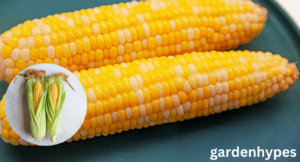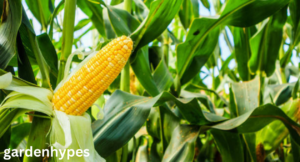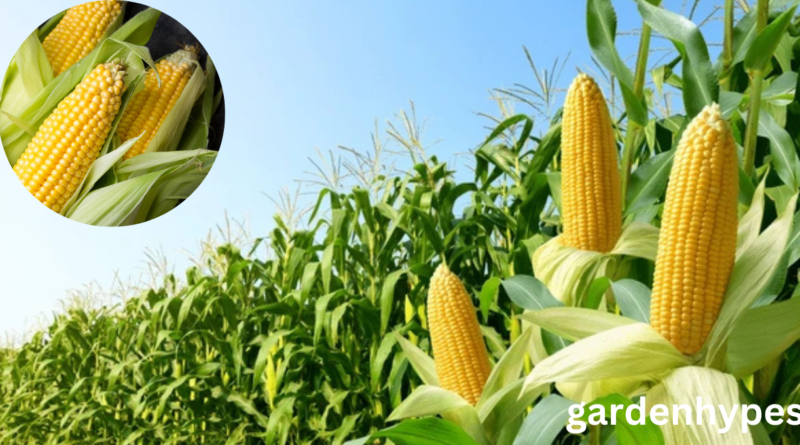the Global Corn Shortage Causes Impact
Why Corn Matters in Our Daily Lives
Corn shortage is more than just a vegetable—it’s a powerhouse crop embedded in the global economy, our diets, and even our gas tanks. Found in thousands of products from cereals, sweeteners, animal feed, cooking oil, and alcoholic beverages to packaging materials and biofuels, corn is one of the most versatile and essential commodities on the planet.
click in link kale shortage
Ever looked at a nutrition label and saw “high-fructose corn syrup”? That’s just the tip of the iceberg. Corn is the backbone of many processed foods. It’s also a key component in livestock feed, meaning it’s indirectly responsible for the beef, poultry, and pork you eat. Corn-based ethanol powers millions of vehicles worldwide. Even in the pharmaceutical and cosmetic industries, corn derivatives play a crucial role.
This broad dependency means any disruption in corn supply causes a ripple effect. A shortage isn’t just about fewer corn cobs at the grocery store—it’s about soaring food prices, economic pressure, and supply chain tremors. In short, corn is king. And when the king is in trouble, so is the kingdom.
Overview of the 2024–2025 Corn Shortage
The world is in the midst of a serious corn shortage. Between erratic weather, logistical bottlenecks, and soaring demand, global corn reserves have plunged to their lowest levels in over a decade. Countries that once relied heavily on imports are scrambling for supply, and those that produce corn are facing unprecedented challenges.
The U.S., the world’s largest corn producer, saw significant yield drops due to droughts and floods in the Midwest. South American countries like Brazil and Argentina, crucial for global corn exports, are dealing with political instability and weather disruptions. Meanwhile, China and India, two of the largest consumers, are importing more than ever before due to domestic shortfalls.
This shortage has triggered price hikes across global markets. Corn prices rose by over 40% within months, creating a domino effect on food production, transportation, and even household goods. It’s not just a farming issue anymore—it’s a global economic concern.

Key Causes Behind the Corn Shortage
Climate Change and Extreme Weather Events
If you’re wondering what really lit the fire under this crisis, look no further than the sky. Climate change has turned weather patterns on their heads. From record-breaking droughts in the U.S. Corn Belt to unexpected floods in Brazil and early frosts in China, extreme weather has wreaked havoc on corn-growing seasons worldwide.
Farmers can’t predict when to plant or harvest anymore. In places like Iowa and Illinois, rains came late, then too heavy, drowning young crops. In Mexico, persistent droughts left vast acres of land cracked and unusable. These erratic patterns reduce yields, delay shipments, and ruin harvests.
Moreover, pests and crop diseases—supercharged by changing weather—are hitting harder and spreading faster. Farmers are fighting a losing battle, and despite advances in seed technology and irrigation, nature is one step ahead.
The link between global warming and agricultural distress is now undeniable. And corn, being highly sensitive to soil moisture and temperature, is paying the price. As temperatures rise and rainfall becomes less predictable, experts warn that the worst may still be ahead unless immediate climate action is taken.
click in link kale shortage

Supply Chain Disruptions Post-Pandemic
The COVID-19 pandemic exposed the fragility of global supply chains, and agriculture hasn’t been able to fully bounce back. Many corn-producing nations still face trucking shortages, port backlogs, and labor issues, all of which delay harvesting, processing, and shipping.
Fertilizer prices, for instance, have skyrocketed due to shortages of raw materials and increased shipping costs. Without adequate fertilizer, corn yields drop drastically. Some small-scale farmers skipped planting altogether in 2024 due to these high input costs, contributing further to the shortage.
Additionally, many shipping routes are congested or rerouted due to geopolitical tensions, especially around the Panama Canal and the South China Sea. These delays mean corn takes longer to reach importing countries, which exacerbates local shortages and spikes prices.
It’s a logistical mess. Imagine having the corn, but not enough trucks, ports, or workers to move it—that’s the current situation. Until these systemic kinks are straightened out, expect the ripple effects to continue.
Rising Global Demand and Biofuel Usage
Corn isn’t just food. It’s fuel, too. Ethanol, made primarily from corn in the U.S., is a major renewable energy source, and with the global push toward cleaner fuels, demand for ethanol has exploded.
Countries are setting aggressive green energy goals. In the U.S., blending mandates for ethanol in gasoline have increased, and nations like Brazil and India are following suit. More corn is now going into fuel tanks instead of food chains.
At the same time, as developing nations grow economically, their consumption of meat—and hence animal feed—increases. Corn is the primary feedstock for poultry, swine, and cattle. More corn is diverted to feeding animals, leaving less for direct human consumption or export.
This tug-of-war between food and fuel puts enormous pressure on global corn supplies. Ethanol production is profitable and politically backed, so food applications often take a backseat when push comes to shove. And in 2024, we’re seeing just how serious that trade-off can be.
click in link kale shortage
FAQs
- What caused the 2024 corn shortage?
The 2024 corn shortage was primarily triggered by a combination of extreme weather events linked to climate change, such as widespread droughts and floods, along with supply chain disruptions from the lingering effects of the COVID-19 pandemic. Additionally, increased global demand for corn in both food and biofuel industries, alongside geopolitical trade restrictions, created a perfect storm for reduced supply and rising prices. - Which countries are most affected by the corn crisis?
Countries that are major importers of corn, such as Egypt, Mexico, Japan, and several African nations, have been hit hardest due to rising prices and limited availability. On the other hand, corn-exporting nations like the U.S., Brazil, and Argentina are also struggling with lower yields, leaving both producers and consumers facing the consequences. - How does the corn shortage impact my grocery bill?
Corn is embedded in a wide variety of food products, from cereals and snacks to soft drinks and even meat. Because it’s also used in livestock feed, a shortage leads to higher prices for meat, dairy, and eggs. Consumers will likely see price hikes in many grocery staples and processed foods, pushing household grocery bills significantly higher. - Are there alternatives to corn in food production?
Yes, alternatives like wheat, barley, sorghum, and rice can be used in place of corn in some food and animal feed applications. However, switching to these alternatives is not always economically viable or nutritionally equivalent. Moreover, large-scale transitions can take time, infrastructure changes, and new supply chain adaptations. - What can individuals do to cope with the shortage?
Consumers can adapt by reducing dependence on processed foods high in corn-based ingredients, buying local produce, and seeking out alternative protein sources like legumes. Staying informed about product substitutions, managing food waste, and supporting sustainable agriculture initiatives can also make a difference at the community level.
